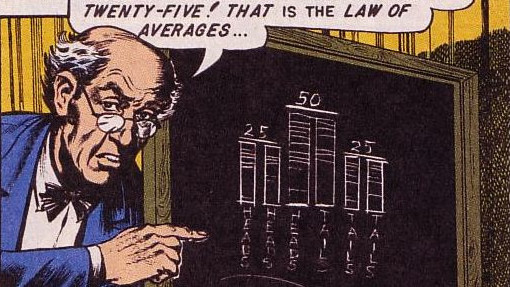
Readings from the Book
Once again, the Oxford Internet Institute at the University of Oxford — through madness, or through omission brought on by horrified incredulity — saw fit to expose its students to the nightmarish patterns that descend, fractal-like, endlessly below the surface of mundane reality. This second OII Halloween Lecture drew on the twisted meanderings we travellers have taken through the cryptic verbiage of the Voynich Manuscript. […]






